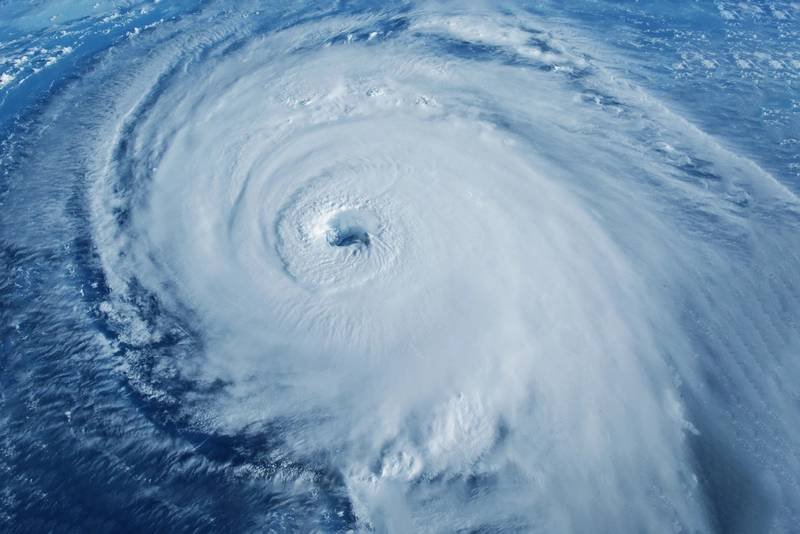Forecasters predicted a supercharged hurricane season in the Atlantic Ocean for 2024, but the tropics have been unusually quiet in recent weeks, typically the busiest time of the year. The Atlantic hurricane season started strong, with Hurricane Beryl becoming the earliest observed Category 5 storm in early July, breaking a record by more than two weeks. Despite the traditional peak of the season approaching, there has been no significant activity for over two weeks, leaving scientists puzzled by the sudden void in tropical development.
The stage was set for a potentially “super” season, with warm waters in the Atlantic Ocean providing extra fuel for storm development. The transition away from El Nino in mid-2024 was expected to be supportive, as El Nino conditions often hinder hurricane formation in the Atlantic Basin. Multiple forecasters predicted around 23 named tropical storms, with 11 reaching hurricane status, compared to the long-term averages of 14.4 named storms and 7.2 hurricanes per year. As of this week, the season has seen five named storms and three hurricanes, slightly ahead of the average pace.
Various factors have contributed to the quiet period in hurricane activity, including drier-than-normal air near the west coast of Africa where tropical disturbances form. The presence of warm, moist air is crucial for storm development, but the recent dryness may be linked to climatic forces, such as changes in the Indian Ocean’s circulation. Additionally, warm waters in the Atlantic where hurricanes form and a stable upper atmosphere may be hindering storm development. Despite the recent lull, forecasters believe conditions may become more favorable for storm development around mid-September, potentially leading to an above-average Atlantic season.







